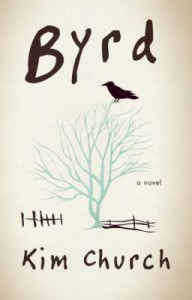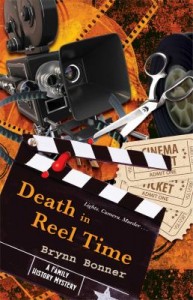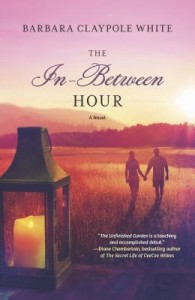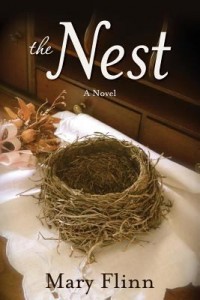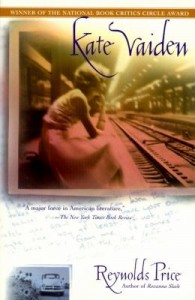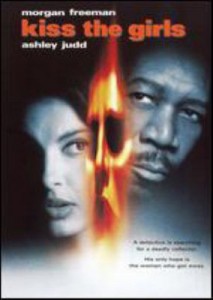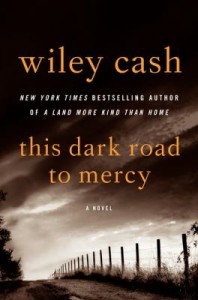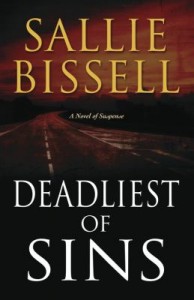 A simple runaway or a more sinister case of kidnapping? Sixteen year-old Samantha Buchanan was last seen driving home late one night from a babysitting job. Her stepfather Gudger’s car was found on the side of Highway 74 with the keys in the ignition and Samantha’s wallet and purse inside the car. But there was no trace of Samantha and no sign of a struggle that would indicate her disappearance as foul play. Campbell County cops are sure that Samantha must have run off with her boyfriend. Gudger, ex-military and a former cop, close with his fellow officers, has supported this conclusion. Samantha’s younger brother Chase is driven by his intuition that Samantha didn’t intentionally flee from their rural town, bordering Charlotte and Gastonia. He’s convinced that Sam was targeted and taken, and he has an awful feeling that Grudger was somehow involved.
A simple runaway or a more sinister case of kidnapping? Sixteen year-old Samantha Buchanan was last seen driving home late one night from a babysitting job. Her stepfather Gudger’s car was found on the side of Highway 74 with the keys in the ignition and Samantha’s wallet and purse inside the car. But there was no trace of Samantha and no sign of a struggle that would indicate her disappearance as foul play. Campbell County cops are sure that Samantha must have run off with her boyfriend. Gudger, ex-military and a former cop, close with his fellow officers, has supported this conclusion. Samantha’s younger brother Chase is driven by his intuition that Samantha didn’t intentionally flee from their rural town, bordering Charlotte and Gastonia. He’s convinced that Sam was targeted and taken, and he has an awful feeling that Grudger was somehow involved.
Meanwhile, at the whim of North Carolina governor Ann Chandler, special prosecutor Mary Crow finds herself temporarily and involuntarily reassigned to Campbell County. The governor wants Mary to investigate the recent murder of Brandon Taylor, a young gay man who was brutally beaten and his body dumped in the county. One year earlier, another gay man was found murdered in a nearby county. Governor Chandler believes that the infamous Reverend Trull might have some connection to the attacks – or at least, she would like to believe so. A video of one of Reverend Trull’s homophobic sermons, proclaiming that gays and lesbians should be separated and contained, has gone viral on YouTube. Ever since, the governor has struggled in negotiations to bring businesses to the state. She’s concerned about an upcoming meeting with Ecotron Corporation, a company that could offer 500 new jobs to Campbell County. With Reverend Trull in the headlines, Governor Chandler is worried that he will scare off their best chance to improve the county’s deplorable ten percent unemployment rate. She hopes to mitigate Reverend Trull’s extreme sermons and high-profile with the assurance that special prosecutor Mary Crow is examining traces of homophobic conspiracies down in Campbell County.
Mary isn’t interested in digging through the Taylor case – especially since she’s sure the local DAs will feel threatened by her presence, encroaching on their turf – and she is less certain than Governor Chandler that a case can be brought against Reverend Trull. Hateful though his words may be, his sermons are still protected speech. As the Governor’s special prosecutor though, she’s prepared to fulfill her obligations. Before Mary departs, she discovers Chase Buchanan sitting on her doorstep. He managed to hitch a ride on a peach truck from Campbell County to Asheville. After reading Mary’s name in the Campbell County Clarion, he is set on seeking out Mary. Chase implores Mary to track down his missing sister. He fills her in on all the details of Samantha’s disappearance. However, Mary again is skeptical; she appreciate Chase’s concern about his sister, but from her outside viewpoint, her instinct tells her that Sam escaped from a dead-end town and a lousy stepfather.
But Mary ought to tread with caution. There’s a nickname for Highway 74: la carretera del dolor, “the road of sorrows.” The area’s Latino population named it such because “it carries them far from home to a lot of hard work and pain.” There’s something darker than she expects linked to Highway 74 and Campbell County. She better keep her wits sharp, lest she fall prey to the disturbing truth herself.
Sallie Bissell writes another gripping thriller for her Mary Crow series. Deadliest of Sins is the sixth book in the series, and like the first five, it covers some hard territory. Read about Bissell’s other novels in past blog posts here. Mary Crow is a tough, level-headed protagonist with plenty of moxie, and the plot lines are reminiscent of cases you might see on Law & Order, and its spinoffs, Special Victims Unit and Criminal Intent. Readers who favor suspense and mystery are sure to get hooked on Mary Crow, but they might be haunted by the fictionalized events that seem all too real in Bissell’s unflinching reflection of the dark side of human nature and its rapacious hunger for flesh and profit.
Check this title’s availability in the UNC-Chapel Hill Library catalog.

